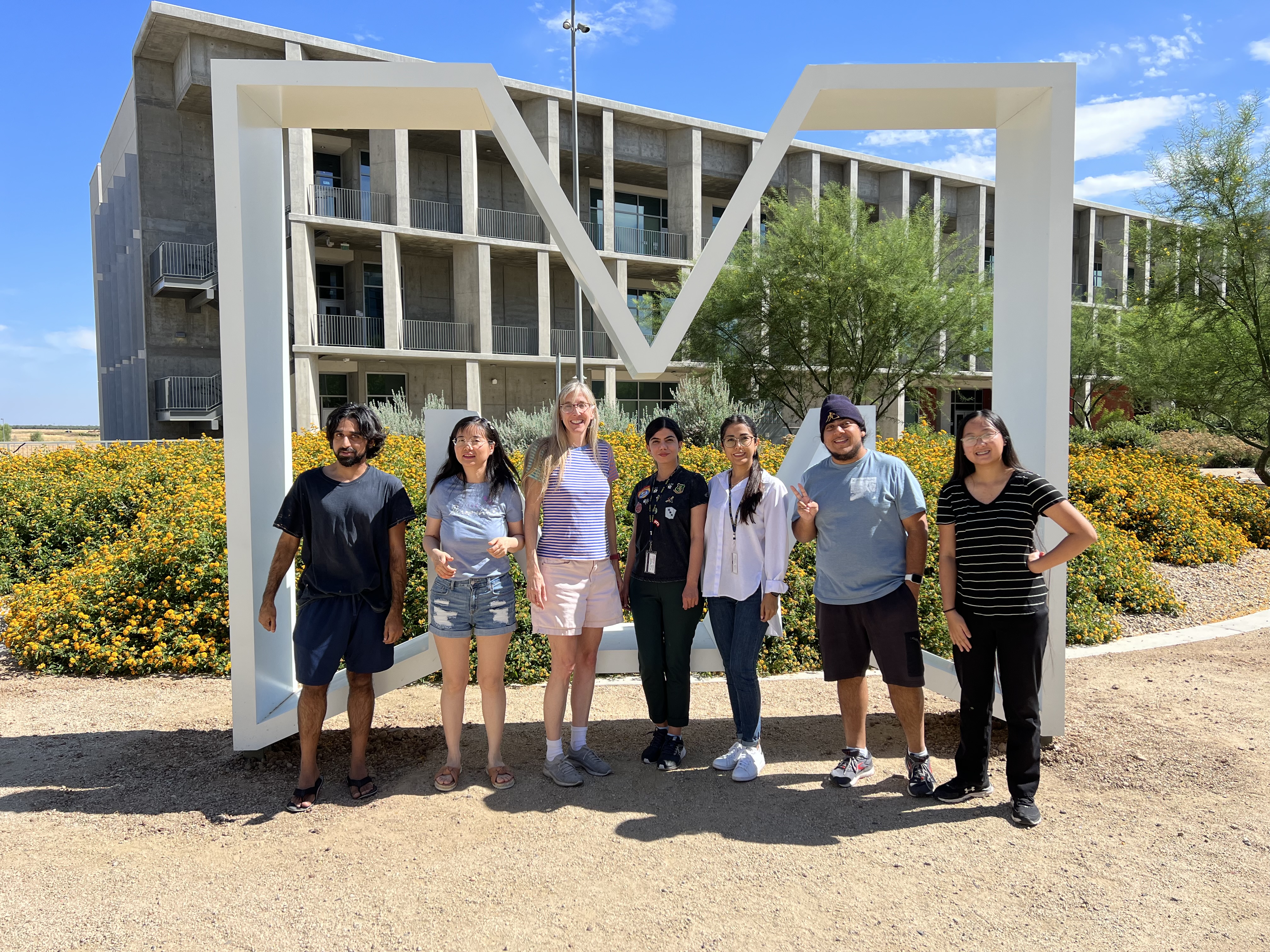Abstract
The poxvirus-derived protein vCCI (viral CC chemokine inhibitor) binds almost all members of the CC chemokine family with nanomolar affinity, inhibiting their pro-inflammatory actions. Understanding the affinity and specificity of vCCI could lead to new anti-inflammatory therapeutics. CCL17, also known as TARC, is unusual among CC chemokines byhaving only micromolar binding to vCCI. We have used sequence analysis and molecular simulations to determine the cause of this weak binding, which identified several locations in CCL17 where mutations seemed likely to improve binding to vCCI. Based on the aforementioned analysis, we expressed and tested multiple mutants of CCL17. We found two single point mutants V44K and Q45R that increased binding affinity to vCCI by 2-3-fold, and in combination further improved affinity by 7-fold. The CCL17 triple mutant G17R/V44K/Q45R, yielded a Kd of 0.25 ± 0.13 µM, a 68-fold improvement in affinity compared to the complex with wild type CCL17. A quadruple mutant G17R/V44K/Q45R/R57W showed high affinity (0.59 ± 0.09 µM) compared to wild type, but lower affinity than the triple mutant. This work demonstrates that sequence comparisons and molecular simulations can predict chemokine mutations that increase binding to vCCI, an important first step in developing engineered chemokine inhibitors useful for anti-inflammatory therapy.

